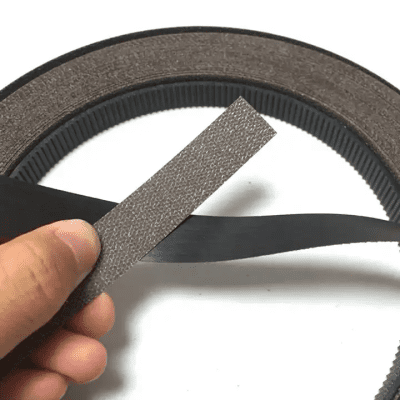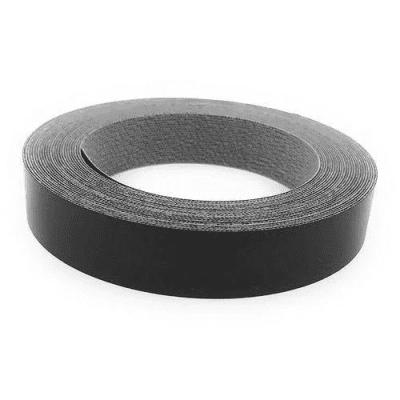The thickness of melamine edge banding can vary, but it is commonly available in thicknesses ranging from 0.5mm (millimeters) to 3mm. The choice of thickness depends on the specific application and the edge profile you are looking to achieve. Here are some common thickness options for melamine edge banding:
- 0.5mm to 1mm:
- Thin melamine edge banding in the range of 0.5mm to 1mm is often used for applications where a minimalistic and inconspicuous edge is desired. This thickness is suitable for covering the edges of panels while maintaining a low profile.
- 1mm to 2mm:
- Melamine edge banding in the range of 1mm to 2mm is a versatile option suitable for a variety of applications. It provides a slightly thicker edge than the ultra-thin options and is commonly used in furniture and cabinetry projects.
- 2mm to 3mm:
- Thicker melamine edge banding in the range of 2mm to 3mm is chosen for applications where a more substantial edge profile is desired. This thickness provides additional durability and may be suitable for projects that require a more pronounced edge.

- Thicker melamine edge banding in the range of 2mm to 3mm is chosen for applications where a more substantial edge profile is desired. This thickness provides additional durability and may be suitable for projects that require a more pronounced edge.
When selecting the thickness of melamine edge banding for your project, consider factors such as the type of substrate you are covering, the design aesthetic you want to achieve, and the overall functionality of the finished product. Thinner edge banding is often preferred for a seamless and modern look, while thicker options may be chosen for a more traditional or robust appearance.
It’s important to note that the thickness of edge banding is a critical consideration during the design and planning phase, as it influences the overall dimensions and visual characteristics of the finished piece. Additionally, follow the manufacturer’s recommendations and guidelines for the specific melamine edge banding product you are using, as thickness options may vary among different manufacturers.

